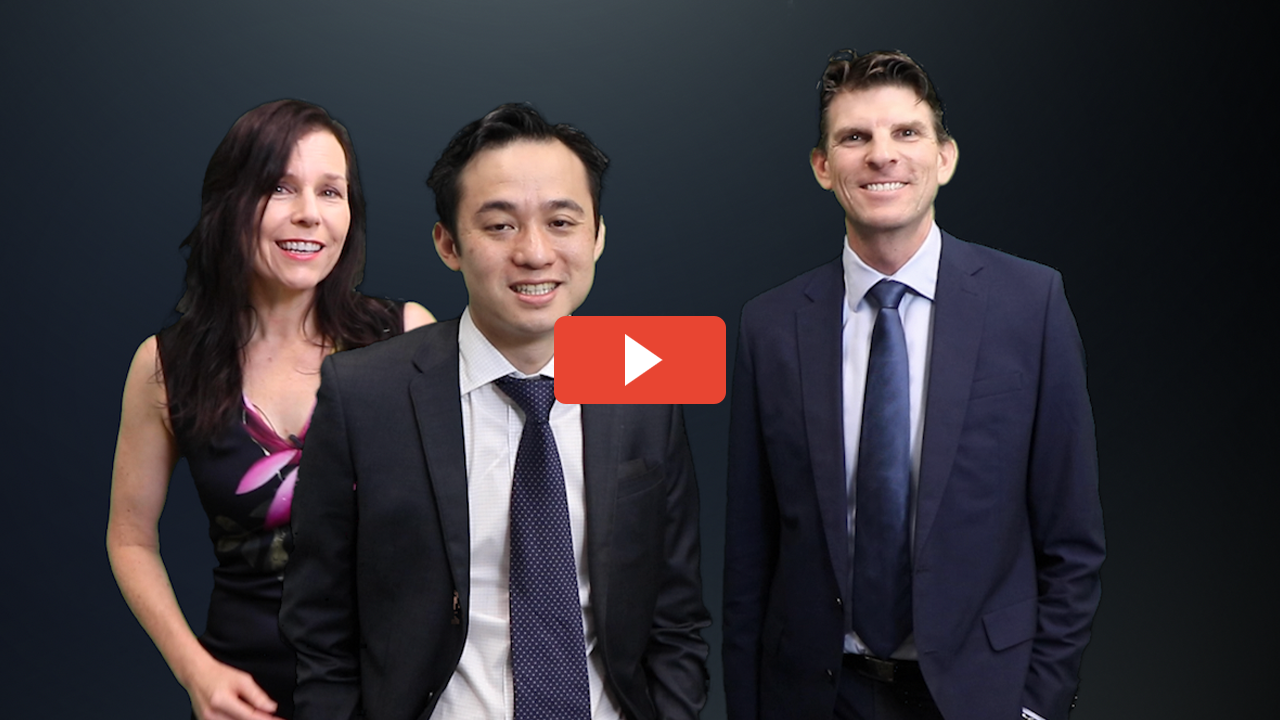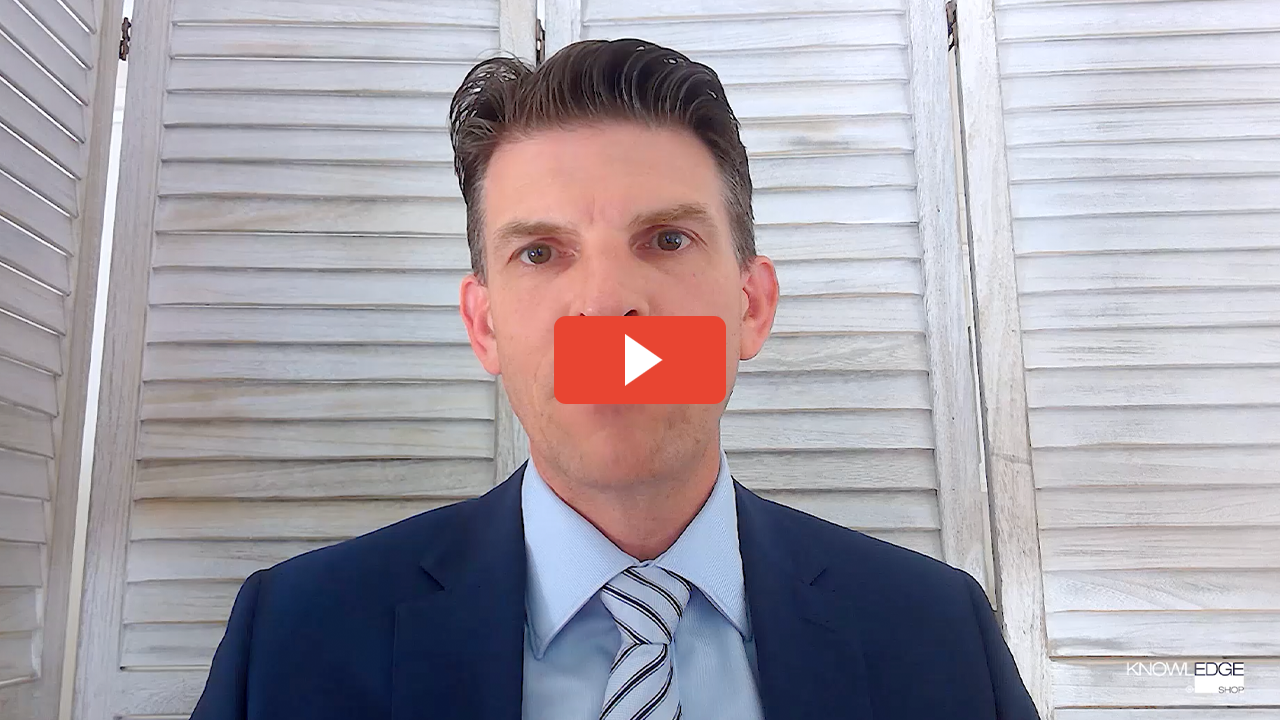Jan 2024 Round Up - Are financial adviser fees deductible?
Are financial adviser fees deductible to an individual? A recent tax determination sets out the rules. Plus, another interesting decision from the AAT where the taxpayer faces a GST bill on the sale of a property he intended to live in.
Change is a constant for the profession. The Knowledge Shop membership can help you and your team keep ahead of change with an advisers' help desk, workpaper knowledge base, quarterly PD, and more - wherever you are and however you are working. Book in a time for a tour or call the Knowledge Shop team on 1300 378 950.
Inside this month Michael Carruthers (Tax Director), Jason Hurst (Technical Superannuation Adviser) and Lisa Armstrong (MD) bring you:
The taxpayer facing a GST bill on the sale of a property he intended to live in
In Lance and Commissioner of Taxation [2024] AATA 11 the AAT concluded that the sale of heritage farmland was subject to GST on the basis that the sale was made in the course of an enterprise carried on by the taxpayer. This conclusion was reached despite the AAT accepting that the taxpayer intended to live in the property at some stage.
The facts of this case are broadly summarised as follows:
- The taxpayer purchased the Sutton Farms property for approximately $1.6 million around December 2013.
- Sutton Farms had heritage features and was originally zoned ‘Tourist’. The property consisted of a homestead, large barn and quarters situated on a land comprising of 1.47 hectares but the buildings were not habitable.
- Over the course of the following seven years, the taxpayer undertook a number of activities relating to the property that ultimately increased the value of the farmland.
- The activities included rezoning the property and obtaining conditional subdivision approval to subdivide the property into four lots with plans for a further subdivision into approximately 15 lots, as well as undertaking sewerage, water and electrical works.
- The taxpayer borrowed $1 million from the bank and $1.5 million from his brother-in-law to fund the original purchase and subsequent activities.
- While the property was never used for this purpose, the taxpayer’s stated intention was to use the property as their home, gift some of the subdivided lots to their daughter and son for use as their own respective residences and use the last subdivided lot as a memorial dedicated to another child that had passed away.
- Without being subdivided, the property was eventually sold at a profit as a single lot around November 2020 for $4.25 million.
The taxpayer’s main argument was that Sutton Farms was intended to be used as a family home and the subdivision had no commercial purpose. As a result, the taxpayer sought to argue that the sale of Sutton Farms did not occur in the course of an enterprise and therefore should not be subject to GST.
However, the AAT found inconsistencies with the taxpayer’s statements including from:
- Media articles published during that time which suggested the taxpayer had an intention to commercialise the property (e.g., develop restaurants, café, undertake residential development, develop tourist accommodation, etc);
- Statements made to the ATO during the objection stage of the dispute indicating that the taxpayer intended to subdivide the property to sell some of these lots to repay loans owed to the taxpayer’s brother-in-law; and
- Representations from the taxpayer’s accountant that GST credits on the original development costs were claimed because the intended subdivision and sale of the several lots within the property amounted to an enterprise.
While acknowledging the taxpayer might not carry on a business of property development, the AAT found that their activities still amounted to an enterprise. This was on the basis that the sale of Sutton Farms was not the mere realisation of an asset, but the transaction had the appearance or characteristics of a business activity or otherwise was an isolated commercial transaction undertaken with the intention to make a profit.
Interestingly, the AAT accepted that the taxpayer did have an intention to live on Sutton Farms at some stage, but this was insufficient because it found the taxpayer also had the intention to subdivide and sell some of the lots (e.g., to finance the development, repay his brother-in-law). This was notwithstanding the property was not subdivided and ultimately sold as a single lot.
Also, the AAT concluded that the sale of Sutton Farms couldn’t qualify for input taxed treatment on sale on basis that it was classified as residential premises because none of the buildings on the property were capable of being occupied.
While in some cases properties sold with minimal development activities won’t be subject to GST because this involves input taxed existing residential premises, this AAT decision still has potential flow-on implications, especially for income tax purposes.
This AAT decision demonstrates that careful consideration is required for those looking to argue that the sale of a property should be taxed on capital account, especially when they have mixed intentions that include living in the property and improving the property to ultimately sell it at a profit.
If the property is sold in a transaction that has the appearance or characteristics of a business activity or is an isolated transaction with the intention to make a profit (rather than the mere realisation of a capital asset) for GST purposes, this also makes it difficult to argue that the property is held solely on capital account through the entire ownership period.
Like, the recent Bowerman case, the issue with this is that taxpayers can then potentially lose the ability to access the 50% general discount, as well as other CGT concessions including the main residence exemption.
Are financial advice fees deductible to your individual clients?
The ATO has released TD 2023/D4 that looks at when deductions can be claimed for fees paid for financial advice. The draft determination focuses on individuals who do not carry on a business and replaces TD 95/60 which was originally issued almost 30 years ago.
First, the ATO considers how the general deduction provisions in section 8-1 ITAA 1997 apply to financial advice fees.
Consistent with the ATO’s original view, ongoing fees for financial advice in relation an existing or ongoing income producing investments should normally be deductible under the general deduction provisions. This would include continuing advice on the suitability or performance of an individual’s income producing investments that they already own.
On the other hand, deductions typically won’t be available for financial advice fees under the general deduction provisions in the following circumstances:
- Fees relating to financial advice on new proposed investments that have yet to be purchased, including advice on whether such investments are suitable for the individual. These fees are considered either to be capital in nature or preliminary to the actual earning of assessable income (i.e., relate to putting the income earning investment in place).
- Fees for once-off financial advice that can be expected to provide an enduring benefit, such as advice on estate planning or advice on starting a self-managed superannuation fund. The issue is that these fees are normally considered capital in nature.
- Financial advice fees that are considered private in nature, such as advice relating to household budgeting.
While this is largely consistent with the previous determination and doesn’t represent a change in the ATO’s position, the new draft determination has been broadened to also look at when tax (financial) advice fees provided by financial advisers could be deductible under section 25-5.
In broad terms, this section allows someone to claim deductions for fees paid for advice on a Commonwealth taxation law to the extent the advice relates to managing their tax affairs. However, there are some key issues that need to be considered.
First, the advice needs to be provided by a recognised tax adviser, which normally means in this context either a qualified tax relevant provider registered with ASIC or a tax or BAS agent registered with the Tax Practitioners Board.
Second, the advice needs to relate to managing that individual’s tax affairs. The expenditure also can’t be capital expenditure, although expenditure is not capital expenditure merely because the tax affairs concerned relates to matters of a capital nature.
While the ATO considers that tax affairs include tax (financial) advice provided by a financial adviser under Tax Agent Services Act 2009, the warning is that not all advice provided by a financial adviser will qualify. Advice that won’t qualify includes factual information about a financial product that does not actually involve applying or interpreting tax laws to the individual’s personal circumstances.
The ATO makes the following observations when it comes to claiming deductions for financial advice fees:
- Where only part of the financial advice fee is deductible either under section 8-1 or section 25-5, a reasonable apportionment of the fee is required; and
- The individual should have sufficient evidence of the expenditure before claiming a deduction. For example, an invoice with the name of the financial adviser, the amount, an explanation of the advice, the date of when the expense was incurred and the date when the invoice was produced should suffice as written evidence.
Lastly, while the draft determination does not consider the situation of financial advice fees being paid by a superannuation fund, it is important to be aware that Treasury recently issued draft legislation for consultation in this area. This draft legislation includes a proposed measure that ensures deductions are available for certain personal advice in relation to members when paid for by their superannuation fund.
New guidance on the contractor v employee distinction
TR 2023/4 Pay as You Go Withholding – who is an employee?
The ATO has now finalised its ruling TR 2023/4 that explains how to determine whether a worker should be classified as an employee for PAYG withholding purposes. The ruling focuses on determining whether someone is an employee under the ordinary meaning of the term but doesn’t look at the extended definition of employee that is used in the context of the superannuation guarantee system.
The principles in the final ruling remain substantially the same as the original draft. The ATO continues to emphasise that whether an individual is an employee is a question of fact to be determined based on an assessment of the entire relationship between the parties.
In line with more recent High Court decisions in this area, if the worker and engaging entity have committed the terms of the relationship into a written contract, then the analysis needs to be performed with reference to the legal rights and obligations in that written contract.
The key focus is on the terms of the contract, rather than the labels used by the parties to describe the relationship.
Where a contract is not comprehensively committed in writing, the ATO now makes it more clear in the final ruling that the subsequent conduct of the parties can be relevant to work out the contractual terms that have been agreed to by the parties.
In determining whether a worker should be classified as an employee, there are still a range of factors that need to be considered.
The ATO indicates that the key distinction between an employee and an independent contractor is that:
- An employee serves in the business of an employer, performing their work as part of that business;
- An independent contractor provides services to a principal's business, but the contractor does so in furthering their own business enterprise; they carry out the work as principal of their own business, not as part of another.
In addition to whether the worker is serving as part of the engaging entity’s business, it is also important to consider the extent to which the business has a contractual right to control how, where and when the workers perform their work.
Aside from these two key factors there are a number of other indicators that could be relevant in classifying the worker, including:
- The ability to delegate work;
- Whether the contract is on a results basis;
- Which party provides the tools and equipment;
- Risk; and
- Generation of goodwill.
Consistent with the draft ruling, the ATO considers that where a worker engages to perform work for a business as a partner of a partnership or through a company or trust then this may indicate an intention by all parties not to create an employment relationship. However, a different conclusion may be reached if a worker uses an interposed entity but is also directly a party to the contract with the engaging entity.
PCG 2023/2 Classifying workers as employees or independent contractors - ATO compliance approach
Together with the tax ruling, the ATO has also now finalised PCG 2023/2 which explains how the ATO will allocate compliance resources when it comes to classifying a worker as an employee or independent contractor.
The PCG outlines the risk framework that will be used by the ATO for worker classification issues, based on the actions taken by the parties when entering into the arrangement and their subsequent conduct. It is important to recognise that the PCG does not extend to employment law issues, state-based issues or the income tax affairs of the worker (e.g., whether they are subject to the PSI rules etc).
The PCG sets out four risk categories, which are based on whether certain conditions are met.
While the final PCG remains the same as the draft in many respects, there are some notable updates. This includes:
- Changes to the conditions that determine whether an arrangement falls within a medium-risk zone.
- A new condition that has been added for an arrangement to be considered a very-low or low-risk which requires the parties to enter into a comprehensive written agreement that governs their entire relationship.
Share this
You May Also Like
These Related Stories

Feb 2022 Tax Round Up - The ATOs attack on trust and trust distributions

Jan 2022 Tax Round Up - Profits of Professional Services Firms guidance finalised


No Comments Yet
Let us know what you think